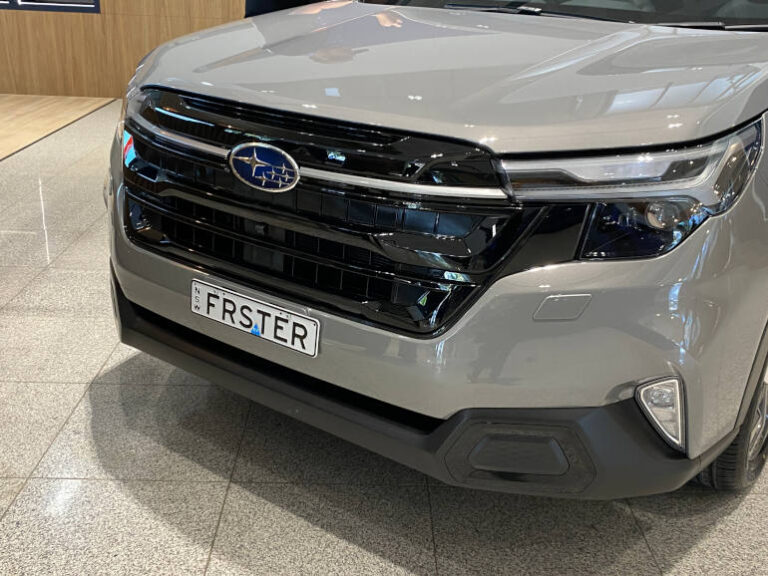Safety has long been a core pillar of Subaru’s identity. From its symmetrical all-wheel-drive system to its innovative EyeSight driver assist technology, every Subaru is engineered with protection at the forefront. Now, the company has formalised an ambitious target: to achieve zero fatal road accidents in a Subaru vehicle by 2030. It’s a bold vision—and one that resonates strongly with Australian fleet operators who must treat vehicles as workplaces under national WHS laws.
At the sixth-generation Forester preview event, Goran Popov, Head of Product at Inchcape Australasia, underlined Subaru’s commitment to continuous safety advancement. “These new safety features are a testament to Subaru Corporation’s commitment towards zero fatal accidents in a Subaru by 2030,” he said, referencing additions such as the Emergency Driving Stop System, Driver Monitoring System, and a 360-degree camera now included in the Forester range.
Fleet managers are under growing pressure to demonstrate due diligence when it comes to vehicle selection. Under Australia’s Work Health and Safety (WHS) laws, the vehicle is considered a workplace—and employers are legally required to provide safe vehicles for employees who drive for work. Subaru’s safety-first design philosophy provides a compelling value proposition in this context.
Scott Lawrence, General Manager of Subaru Australia, emphasised that this legacy of safety is deeply embedded in the brand’s DNA. “We have a real strong desire to put people behind the wheel of Subarus for safety,” he said. “And fleets are a great example—people that are away from home, travelling long distances. So we see fleet as a really good area for us to expand and talk to all the safety features and capability we bring”.
This is particularly important for organisations operating in regional or remote areas, where road conditions are more unpredictable and emergency response times can be longer. Subaru’s symmetrical all-wheel drive and rugged engineering have long made the Forester, Outback and Crosstrek favourites among government departments, emergency services, and regional health providers.
The next-generation Forester builds on that foundation with improved structural integrity, upgraded EyeSight technology, and a hybrid drivetrain that adds responsiveness without compromising traction. As Project General Manager of ICE and HEV at Subaru Corporation, Katsuro Tadaki, explained: “With this next generation, we made it even more flexible and useful… and of course, it’s safer and more enjoyable to drive, thanks to Subaru’s latest safety features and refined driving experience”.
Subaru’s approach aligns with modern fleet priorities: crash avoidance, driver monitoring, occupant protection, and active safety systems all play a role in reducing risk. For safety-conscious fleets, particularly those with frontline service roles, Subaru offers more than just a five-star ANCAP rating—it offers an ongoing safety story backed by product innovation.
With the new Forester set to arrive mid-2025, Subaru’s zero-fatality goal isn’t just a corporate aspiration—it’s a strategic direction with clear benefits for fleet operators looking to meet both legal obligations and moral responsibilities.
In a market where vehicles double as mobile workplaces, Subaru’s safety DNA could help save lives—and protect organisations from the devastating impact of serious road incidents.






